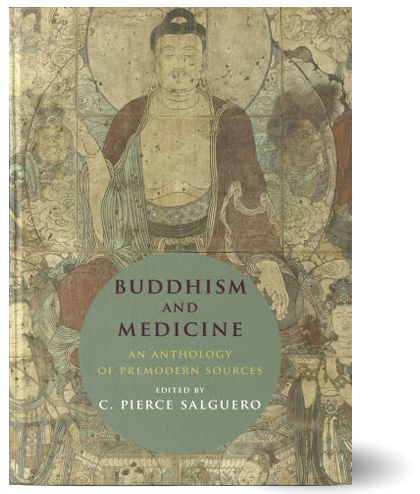The links between religion and urban space have attracted the interest of an increasing number of sociologists over the last decade. Starting from a critique of the assumption that urbanization leads to the decline of established religions, scholars have focused on the vitality of urban religion spawned by religious innovations, urban religious events, and transnational migration (Hervieu-Leger 2002; Casanova 2013; Orsi 1999). In order to analyse this complex context of multiple urban diversities emerging from new waves· of immigration, scholars have drawn upon the concept of superdiversity, coined by Vertovec (2007). Starting from the observation that the number and type of religious communities settling in European cities after the Second World War have multiplied spectacularly, in this chapter we explore how in contemporary European cities, different historical memories, each storing a variety of collective religious and secular experiences, are layered upon one another: materially and symbolically in architecture, immaterially in urban religious imaginaries, and socially through the coexistence of multiple religious mobilizations and expressions.
Burchardt, Marian, Irene Becci, and Mariachiara Giorda. “Religious Superdiversity and Urban Visibility in Barcelona and Turin.” In Religious Pluralism and the City: Inquiries into Postsecular Urbanism. Edited by Helmuth Berking, Silke Steets and Jochen Schwenk, 83–103. London: Bloomsbury Academic, 2018.



